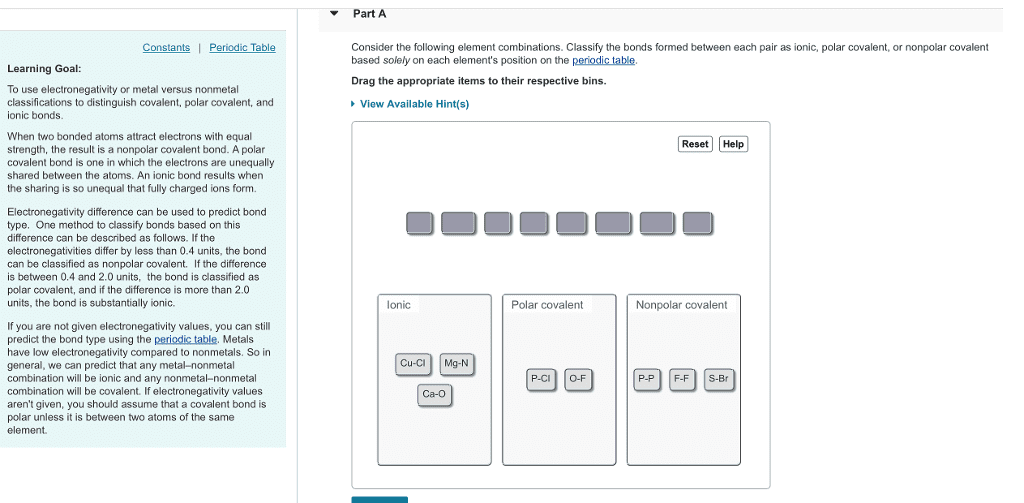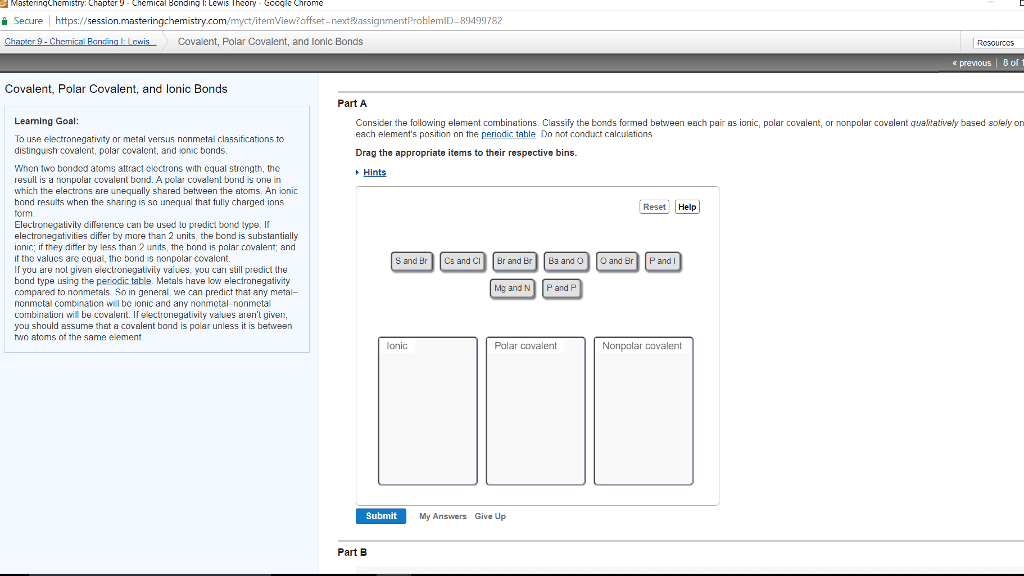CHEM 111A Chapter Notes - Chapter 9: Bond Length, Formal Charge, Lattice Energy
86 views4 pages
4 May 2017
School
Department
Course
Professor
Document Summary
Ionic bond metals have low ionization energy and therefore their electrons can be easily removed, forming cations. Nonmetals have high electron affinities, meaning they can easily gain electrons and form anions: when cations and anions come together they lower the overall potential energy (coulomb"s law) Ionization: (1: covalent bond shared electrons interact with the nuclei of both bonding atoms, lowering their potential energy (2) In the case of helium or hydrogen, a duet (2 ve) is most stable circles) (3) Ionic bonding: practice: k and cl (4, na and s (5, mg and n (6) Ionization must occur for this to happen; therefore ionization energies and equations must be used. Cao and sro > kbr and kcl (charge magnitudes) Kbr and kcl atomic radii: cl < br, so kbr < kcl. Cao and sro atomic radii: ca < sr, so sro < cao.
Get access
Grade+20% off
$8 USD/m$10 USD/m
Billed $96 USD annually

Homework Help
Study Guides
Textbook Solutions
Class Notes
Textbook Notes
Booster Class
40 Verified Answers
Class+
$8 USD/m
Billed $96 USD annually

Homework Help
Study Guides
Textbook Solutions
Class Notes
Textbook Notes
Booster Class
30 Verified Answers
Related textbook solutions
Chemistry: Structure and Properties
2 Edition,
Tro
ISBN: 9780134293936
Basic Chemistry
5 Edition,
Timberlake
ISBN: 9780134138046
Principles of Chemistry Molecular Approach
4th Edition,
Tro
ISBN: 9780134112831
Principles of Chemistry Molecular Approach
3rd Edition, 2014
Tro
ISBN: 9780321971944
Chemistry: Structure and Properties
2nd Edition,
Tro
ISBN: 9780134293936
Chemistry: A Molecular Approach
3rd Edition,
Tro
ISBN: 9780321809247
Chemistry: A Molecular Approach
5th Edition,
Tro
ISBN: 9780134874371
Principles of Chemistry: A Molecular Approach
4th Edition,
Tro
ISBN: 9780134895741
Chemistry: The Central Science
14th Edition, 2017
Brown
ISBN: 9780134414232

